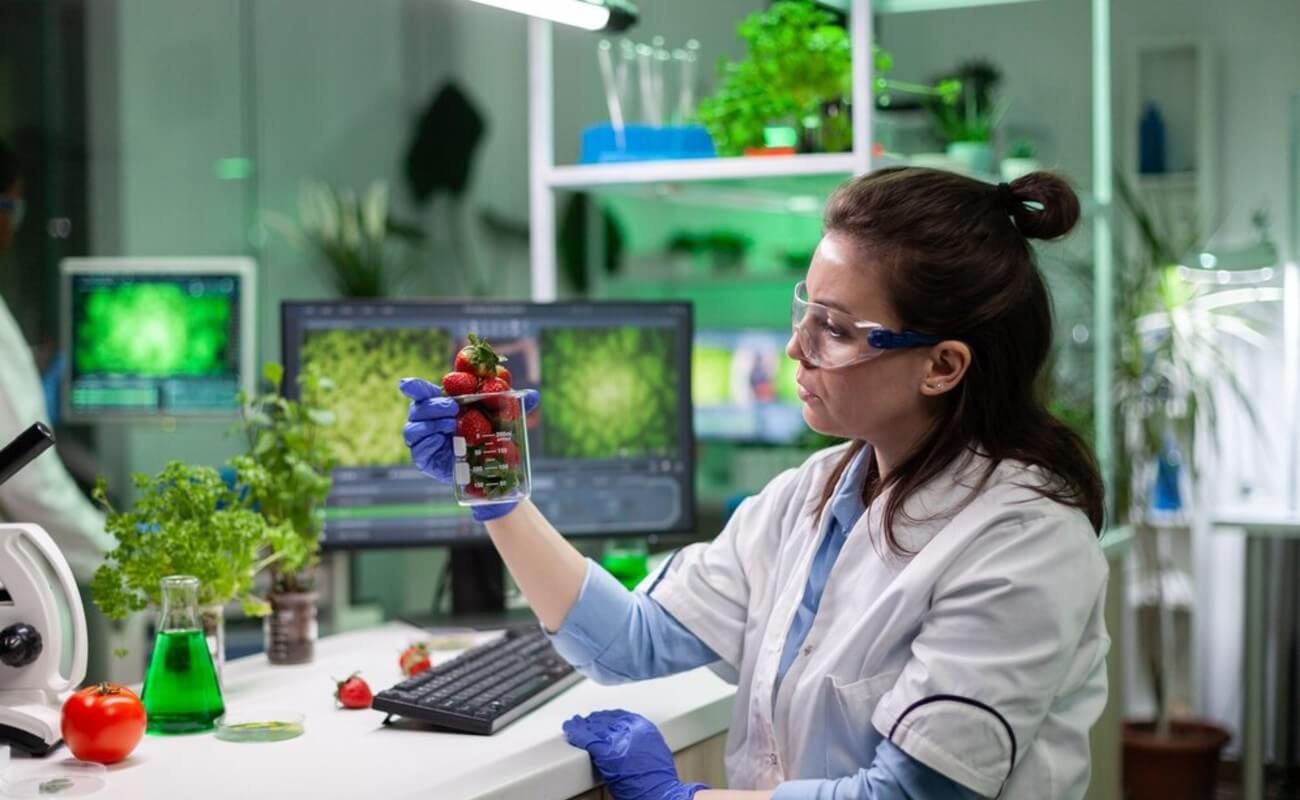Under-the-Radar Innovations in Chemistry, Part 6: Electrochemical Processes – Powering Green Synthesis
What Are Electrochemical Processes?
Electrochemical processes leverage electricity (increasingly from renewable sources) to drive chemical reactions. Think of traditional chlor-alkali production, but now applied to a wider range of transformations—from organic electrosynthesis to CO₂ reduction. As decarbonization efforts ramp up, these processes become more attractive.
Why It’s Important
1. Decarbonization Potential: Using electricity—especially from wind or solar—cuts reliance on fossil-based feedstocks and can directly lower carbon footprints.
2. Modular Design: Electrochemical cells can be set up in smaller, distributed units, making local or on-demand chemical production feasible.
3. Innovation in CO₂ Utilization: Some electrochemical methods convert captured CO₂ into valuable chemicals, turning a pollutant into a feedstock.
Real-World Example: Covestro’s Chlorine Production
· Technology: Covestro, a major polymer producer, has been implementing an energy-saving process known as “oxygen-depolarized cathode” technology in chlorine electrolysis.
· Achievement: This innovation can reduce energy consumption by up to 25% compared to traditional chlor-alkali processes, as detailed in Covestro’s sustainability reports.
· Impact: Since chlorine is a key intermediate for many polymers and chemicals, these savings translate to significant cost and emissions reductions.
Illustrative Example
Imagine a small-scale facility in a region with surplus solar power. By harnessing that electricity, the plant can run an electrochemical reactor to produce hydrogen peroxide or other reagents on-site, eliminating the need for costly and carbon-intensive transport of chemical feedstocks.
Key Takeaway
Electrochemical technologies offer a dual advantage of sustainability and economic viability—especially as renewable energy becomes more accessible. By integrating electrochemical steps into existing processes, companies can future-proof operations against rising energy costs and environmental regulations.

